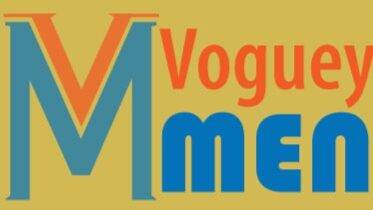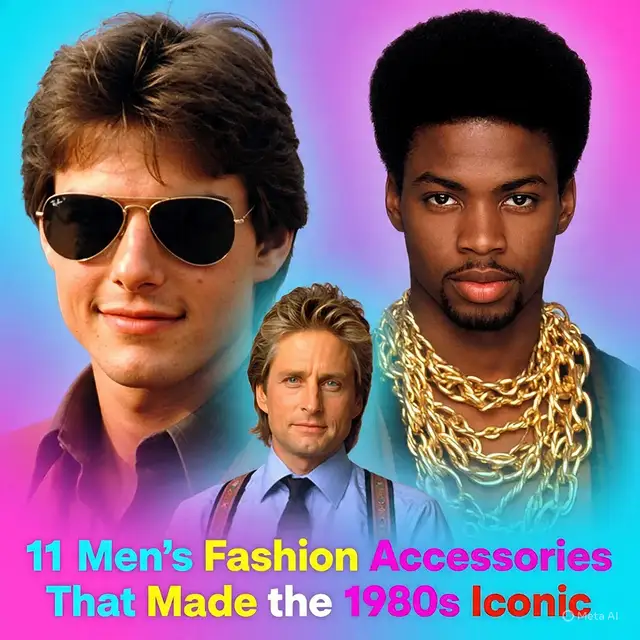The 1980s was a decade of glitz, glam, and glorious contradictions—where bold rebels wore lace, gender-bending icons embraced performance wear, and Wall Street warriors marched in sharp power suits. It was a time when street style found its own swagger, preppy charm got a modern remix, and accessories weren’t just extras—they were essential statements. Men layered on leather, gold, silk, and, yes, technology. The rise of wearable tech—from Swatch watches to shoulder-slung boomboxes—turned gadgets into fashion. Let’s rewind the decade and dive into 11 unforgettable Men’s Fashion Accessories of the 1980s that men wore for flair, finesse, and pure 80s fun.
Aviator Sunglasses
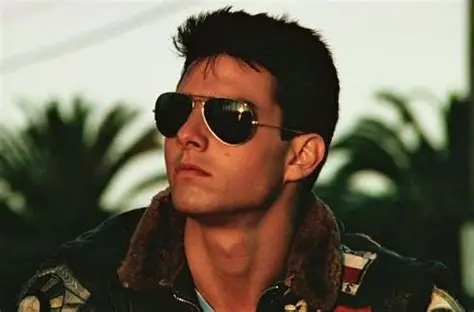
Few accessories scream 80s cool like aviator sunglasses. Originally designed for pilots, these sleek, teardrop-shaped frames gained rockstar status after Tom Cruise wore them in Top Gun (1986). His character Maverick paired them with a bomber jacket and cocky grin, triggering a global style obsession. Ray-Ban sales soared, and suddenly every man wanted a pair. Aviators embodied confidence, danger, and freedom—the very essence of 80s masculinity. Whether worn with denim, leather, or a power suit, they became a finishing touch that said, “I’m in charge,” without saying a word.
Fingerless Leather Gloves
Once a punk and biker essential, fingerless leathergloves clawed their way into 80s pop fashion thanks to Billy Idol. In the White Wedding video, his gloves—tough, tight, and attitude-laced—added danger to glam. Rockers, goths, and rebellious teens followed suit, pairing them with everything from fishnet tops to denim vests. These gloves were more than just edgy—they were theatrical, tactile, and subversive. They left your fingers free (to strum, slam, or light a cigarette) while wrapping your hands in black leather bravado. A true emblem of the decade’s love for rebellion with style.
Ryan Lambert, the young teen idol of the 80s is wearing fingerless punk inspired gloves.
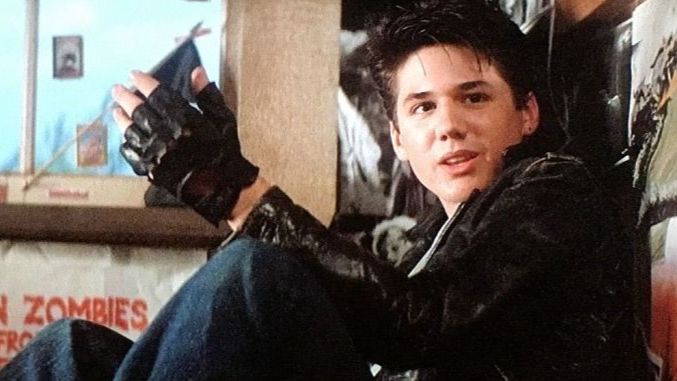
Chunky Gold Chains or Dookie Chains
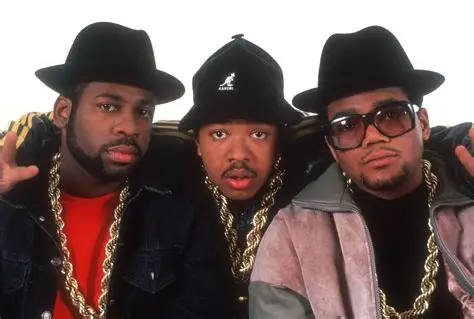
In the 1980s, nothing symbolized streetwise confidence like a heavy gold chain. Popularized by hip-hop pioneers like Run-D.M.C., these oversized necklaces became visual shorthand for success and swagger. Worn over Adidas tracksuits or plain tees, they added weight—both literal and symbolic—to every outfit. In the Walk This Way video (1986), Run-D.M.C.’s gold chains swung with each verse, cementing their place in pop culture. These chains weren’t just jewelry—they were armor, status, and personal branding all at once. By decade’s end, gold chains had crossed over from hip-hop to high fashion, worn by everyone from athletes to actors.
Suspenders.
In the 1980s, suspenders made a bold resurgence, straddling both high fashion and subcultural grit. On one end of the spectrum, Michael Douglas’s portrayal of Gordon Gekko in Wall Street turned suspenders into a symbol of corporate power and excess, pairing them with sharp suits and slicked-back hair. Larry King, the legendary broadcaster, made them his signature accessory, often in bold hues that added flair to his on-air persona. Meanwhile, in the streets of Britain, skinheads embraced suspenders—known as braces—as part of their working-class uniform, worn with tight jeans, boots, and button-down shirts. Though often misattributed to punk, suspenders were far more rooted in skinhead style, carrying deep cultural symbolism. Their revival in the ’80s wasn’t just aesthetic—it was a statement across class, culture, and attitude. image source
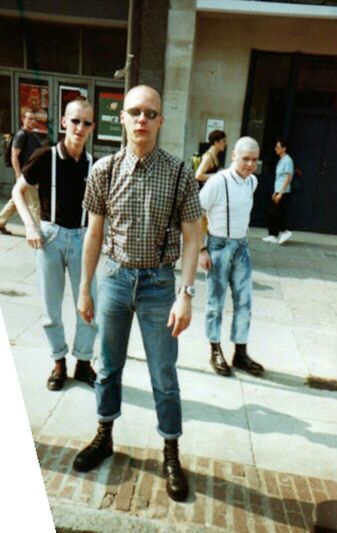
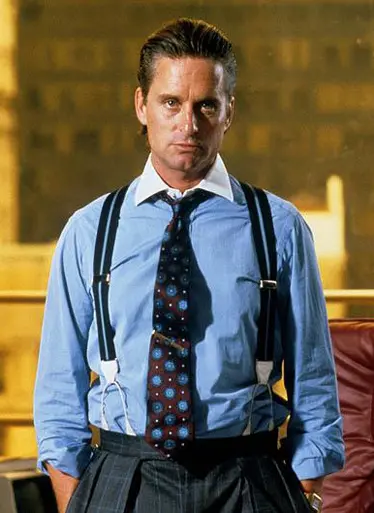
White Socks with Loafers or Dress Shoes
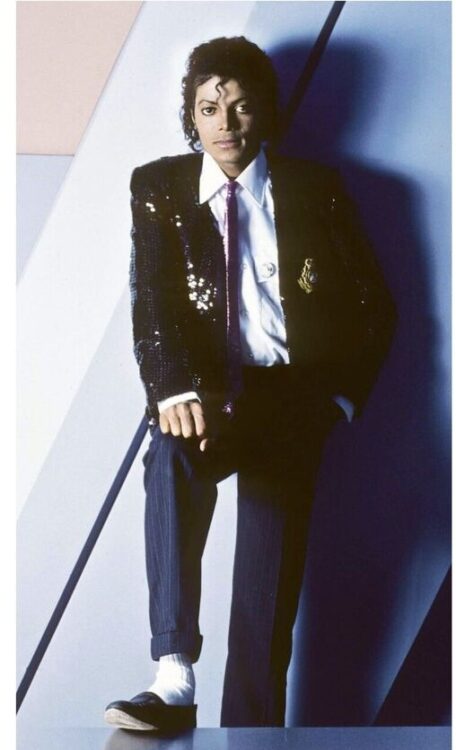
Once a fashion faux pas, white socks became a global style statement the moment Michael Jackson moonwalked across the stage during Motown 25 in 1983. His black loafers gleamed against the shimmer of bright white socks, catching the light—and the world’s attention. Paired with cropped black trousers, this combo broke conventions and made ankles suddenly high-fashion. What started as a functional accessory became synonymous with Jackson’s signature look. Imitated by fans and daring stylists alike, white socks added flair to formalwear and rhythm to every step. In the 80s, even socks got their time to shine—literally.
Studded Belts
Studded belts were pure attitude—metal spikes meeting black leather in an accessory that screamed punk and metal rebellion. Billy Idol, who was one of the fashion icons of the 80s, and even James Hetfield of Metallica made them a wardrobe essential on the Master of Puppets tour (1986), often pairing his with ripped jeans and sleeveless tees. These belts weren’t just for holding up pants—they were aggressive, decorative, and defiant. As punk and thrash culture bled into mainstream fashion, teen subcultures across the globe embraced studded belts as armor for self-expression. Whether cinched over denim or worn loose and low, the belt was the 80s waistline’s loudest voice. image source
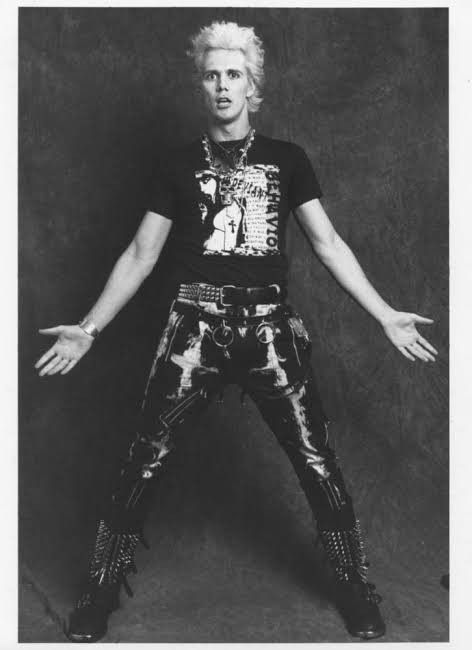
Silk Scarves
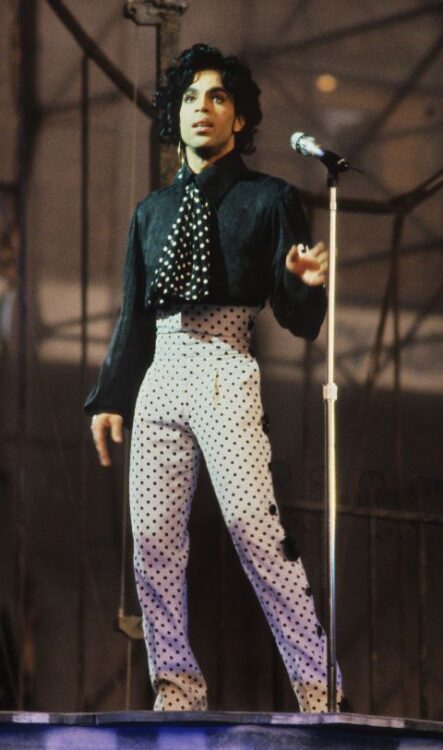
Soft, flamboyant, and luxuriously fluid, silk scarves gave 80s men a touch of drama. Prince wore them draped around his neck, wrists, or tucked into velvet jackets during the Purple Rain era, blending aristocratic elegance with electric sex appeal. These scarves weren’t just accessories—they were signals: of artistic temperament, gender fluidity, and sartorial daring. Tied loose or in romantic knots, they became essential to the New Romantic movement and stage performers alike. In an era that celebrated expressive dressing, a silk scarf offered infinite styling possibilities—and a swish of undeniable flair.
Headbands, Kangol Hats, and Fedoras
The 80s were a golden age for headwear, with each subculture crowning its icons. Andre Agassi’s neon headbands became tennis’s wildest accessory, bringing rebellious flair to country club whites. In hip-hop, LL Cool J turned Kangol bucket hats into street-style signatures, pairing them with tracksuits and gold chains. Meanwhile, Michael Jackson added mystique to the fedora—his Smooth Criminal performance forever etched the hat into fashion history. Whether athletic, urban, or theatrical, 80s headwear said more than “look at me.” It said who you were. And for millions of men, one good hat could change everything. image source
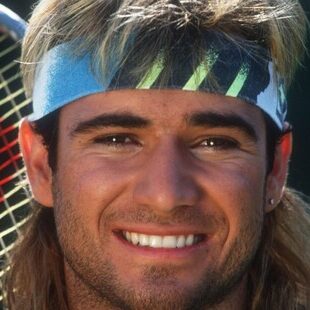
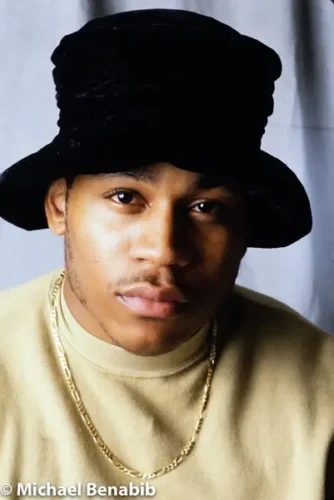
Single Cross Earring
Delicate yet defiant, the single cross earring made waves in the late 80s when George Michael debuted his in the Faith video (1987). Worn with a leather jacket, stubble, and mirrored shades, the dangling earring offered a perfect blend of rebellion and refinement. It subverted traditional notions of masculinity while amplifying individuality. Soon, men across pop and street culture sported solo earrings—crosses, hoops, studs—embracing asymmetry with swagger. What once whispered rebellion in punk circles now shouted confidence in the mainstream. The single earring wasn’t just an accessory—it was a personal statement, worn proudly on one lobe.
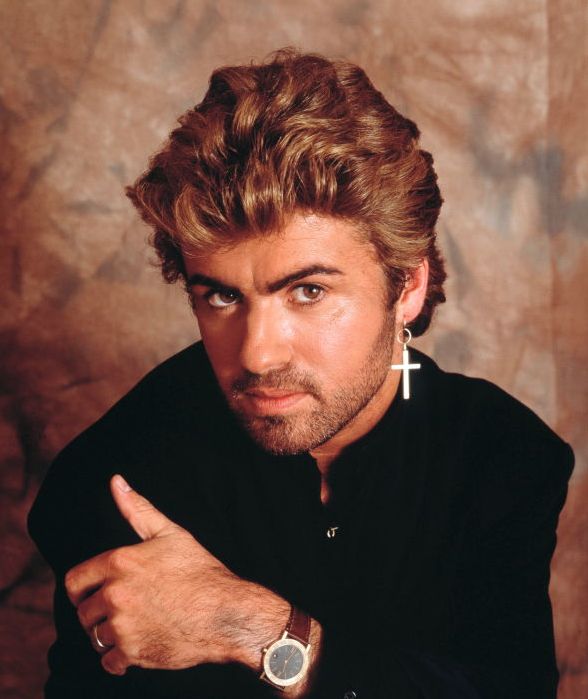
The Bandana as the Rockstar Headband

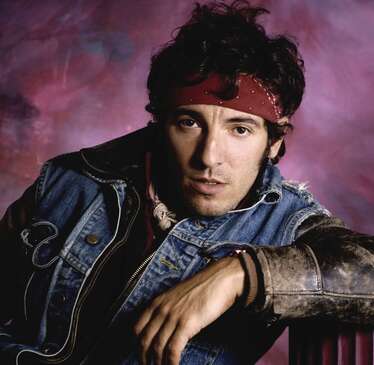
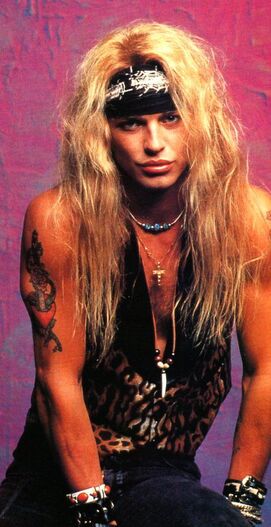
The Bandana as the Rockstar Headband emerged in the 1980s as one of the most unmistakable accessories in rock fashion, and its loudest champion was Bret Michaels of Poison. He transformed the bandana from a practical piece of cloth into a glam-metal trademark, tying it tightly across his forehead and styling it with leather, eyeliner, and blond hair, making it essential festival and concert wear. Axl Rose of Guns N’ Roses gave it a grittier edge, his patterned bandanas symbolizing raw danger and rebellious cool on stage and in everyday street style. Even Bruce Springsteen, the working-class “Boss,” tied one on during epic performances, adding sweat-soaked authenticity. Together, these three icons propelled the bandana headband into mainstream fashion, where it became more than stage gear—it was a must-have accessory for concerts, festivals, and casual off-duty rockstar swagger.
Slouchy Socks and Neon Shoelaces
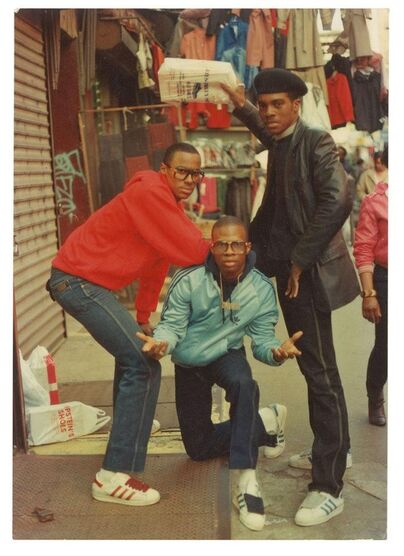
Slouchy Socks and Neon Shoelaces were defining accents of 1980s style, crossing from pop culture into street fashion. Slouchy socks, thick and soft, were worn deliberately bunched at the ankles, unlike straight everyday socks, giving volume and movement. Neon shoelaces—usually polyester or nylon to hold the fluorescent dyes—were cheap, accessible, and designed to grab attention. B-boys in hip-hop crews made them iconic, lacing up high-tops or Adidas sneakers in blinding colors to stand out during battles. Layered slouchy socks paired with shorts or track pants completed the look, also embraced by pop icons like Michael Jackson, cementing their mid-’80s cultural impact.
Studded Cuffs and Bracelets
Nothing caught the spotlight—or the strobe light—like a well-placed cuff in the 1980s. Studded leather bracelets, metallic bangles, and arm-stacking excess became the uniform of glam rockers and new wave icons. Johnny Rotton was a master of the look, layering studded cuffs and military-inspired wristwear during the 70s and 80s. These accessories added theatricality and tribal energy to the pop stage, while teens across the globe mimicked the boldness at clubs and concerts. Loud, shiny, and unapologetically decorative, wristwear in the 80s wasn’t about subtlety—it was about making the whole forearm part of the show.
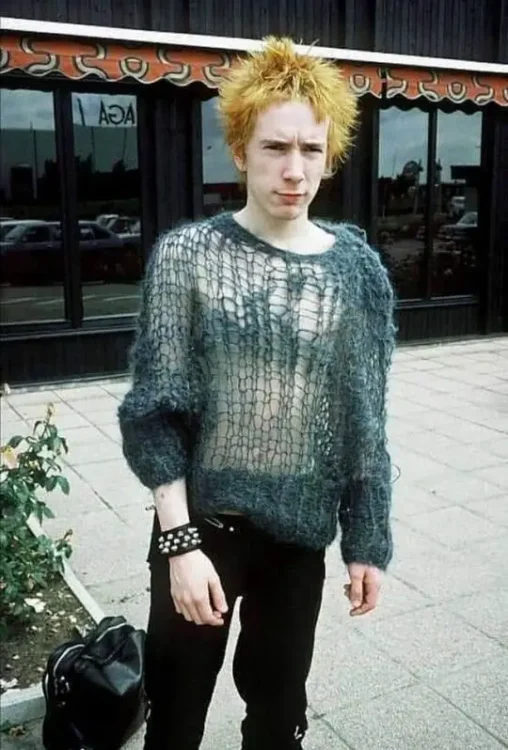
80s Tech Accessories: Walkmans, Swatch Watches, and Boomboxes
The 80s didn’t just invent new fashion—it made technology wearable. The Sony Walkman revolutionized personal style, often clipped to belts or carried as a badge of musical freedom. Swatch watches, with their candy-colored faces and bold designs, turned timekeeping into pop art. And nothing announced your arrival louder than a boombox hoisted on your shoulder—especially in breakdancing and hip-hop circles. These tech accessories weren’t just tools; they were expressions of personality, plugged into the cultural moment. Whether ticking, playing, or blasting, they were as essential to an outfit as shades or sneakers. image source
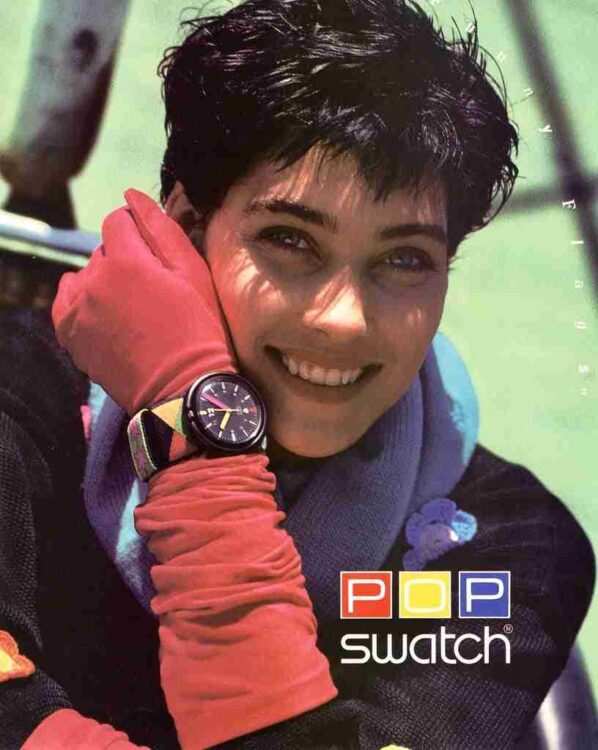

From swaggering shades to shoulder-slung boomboxes, the accessories of the 1980s were more than embellishments—they were extensions of identity, rebellion, and rhythm. These bold details helped define an era where men dressed not just to impress, but to express. Whether you’re revisiting the decade with nostalgia or borrowing its flair for modern style, these pieces still speak volumes.
Which 80s accessory still inspires your style today? Drop your favorite in the comments—or better yet, dust it off, wear it out, and bring a little retro rebellion back into your look.
